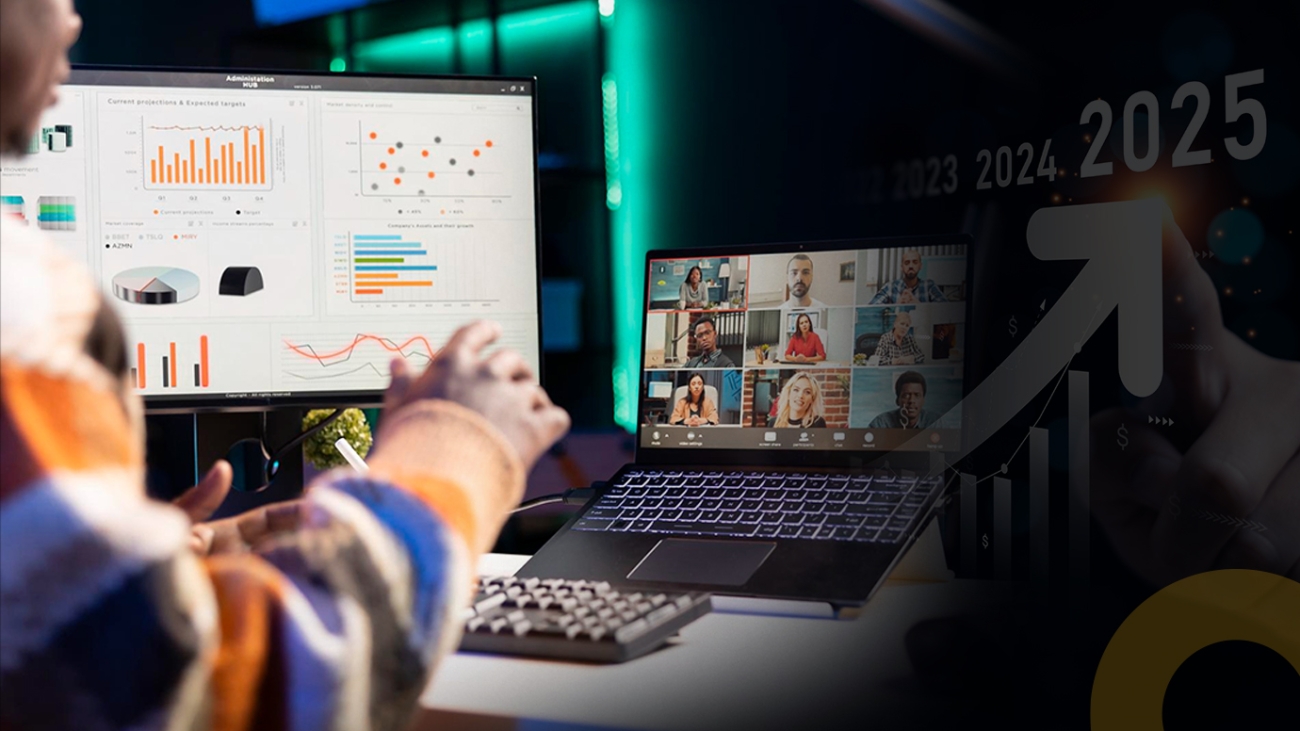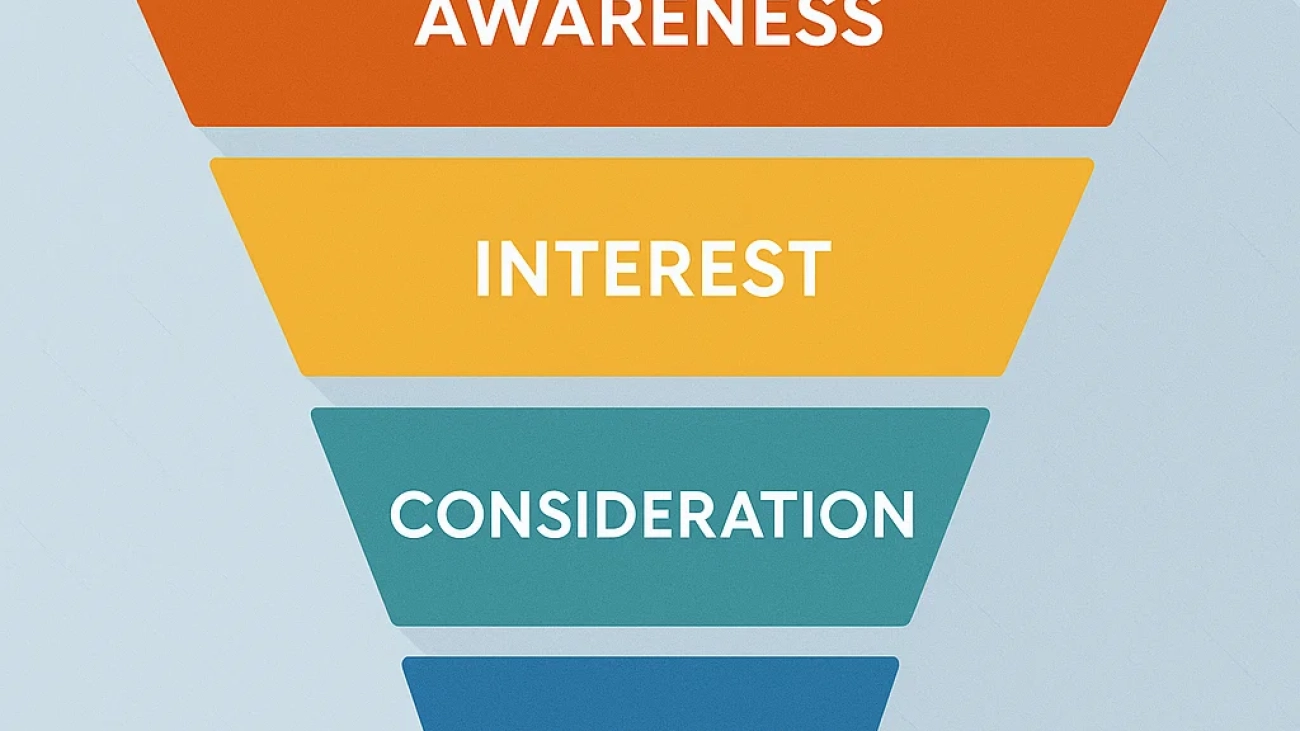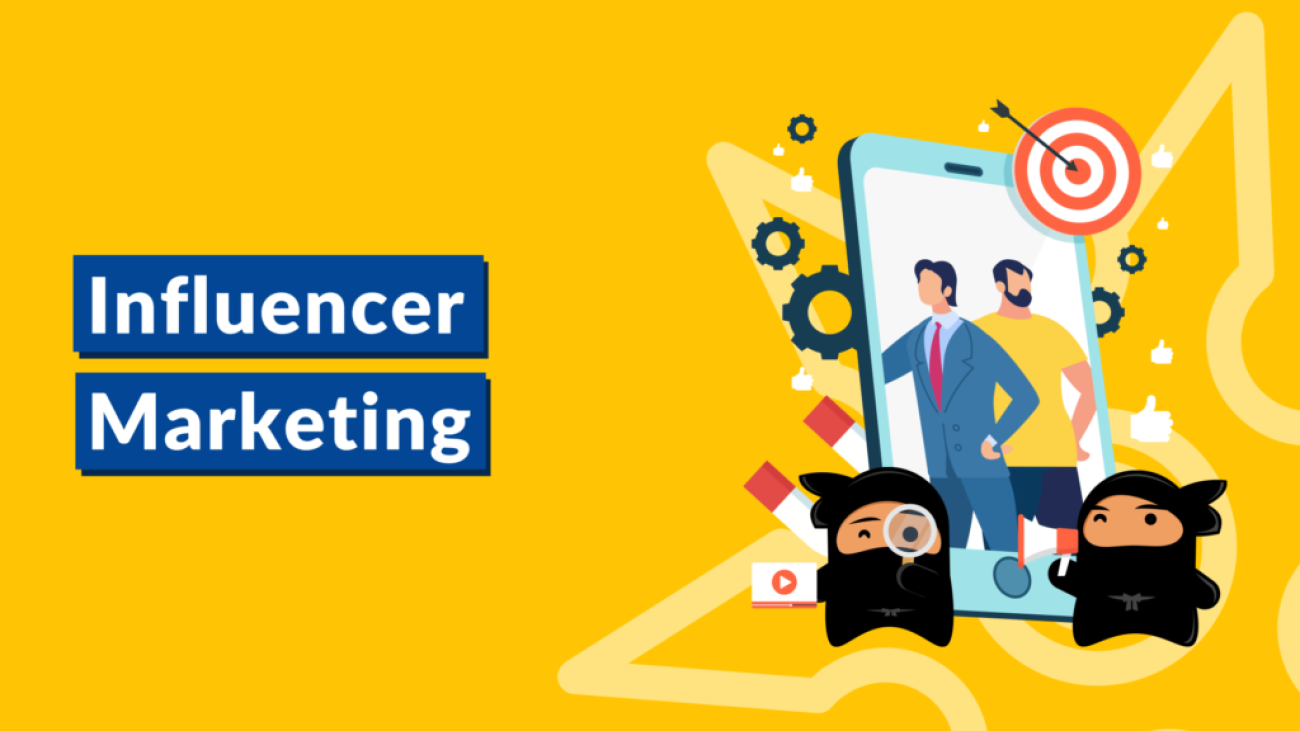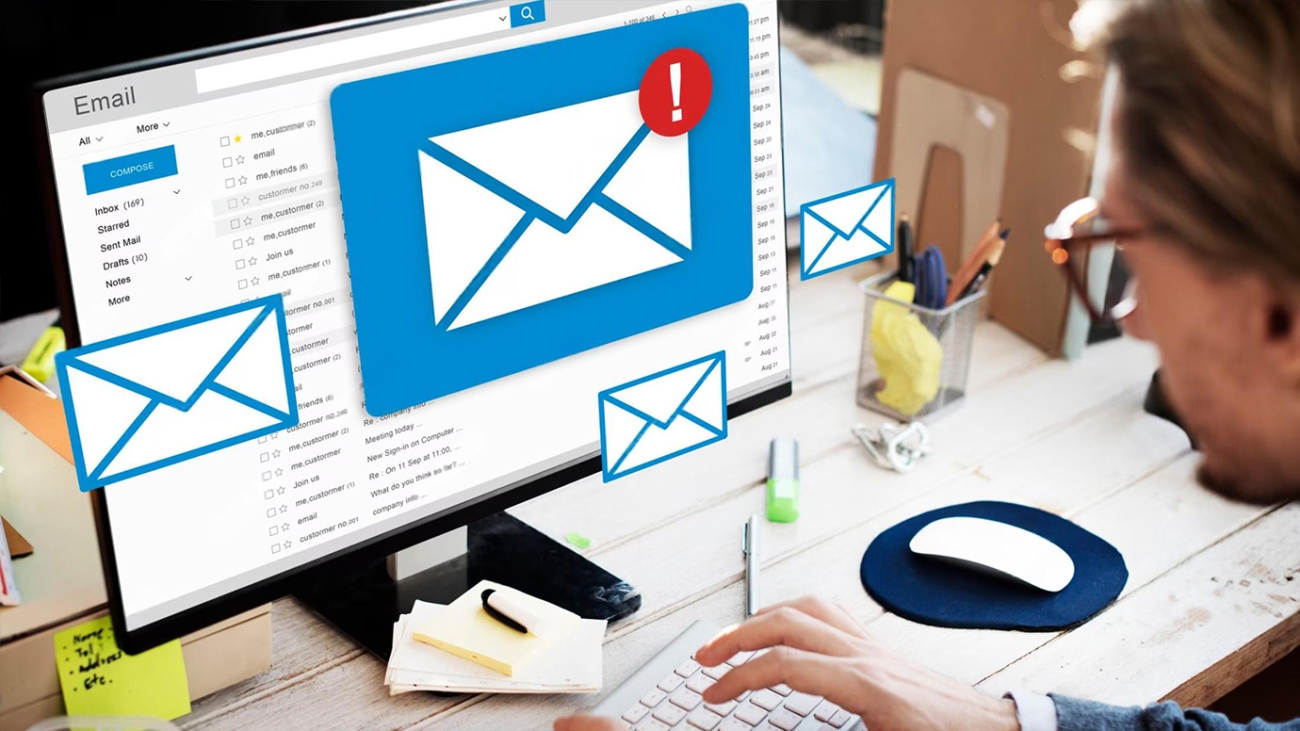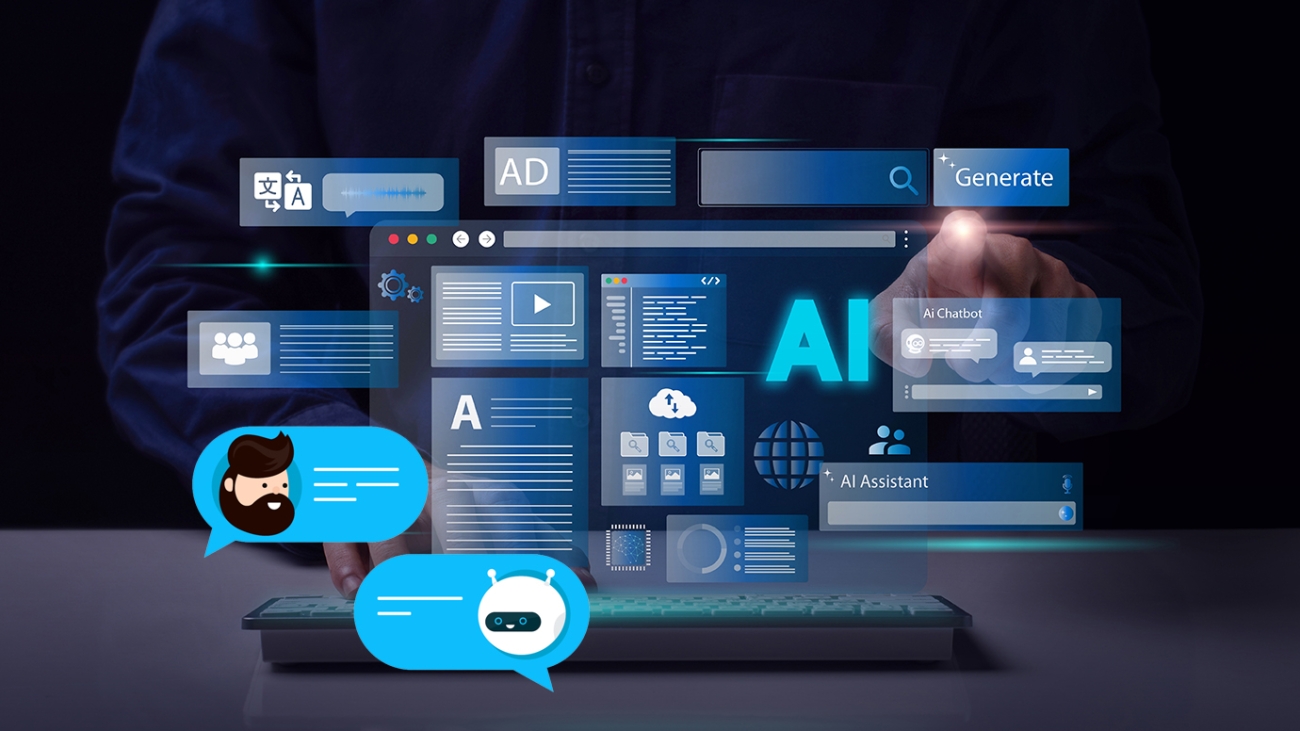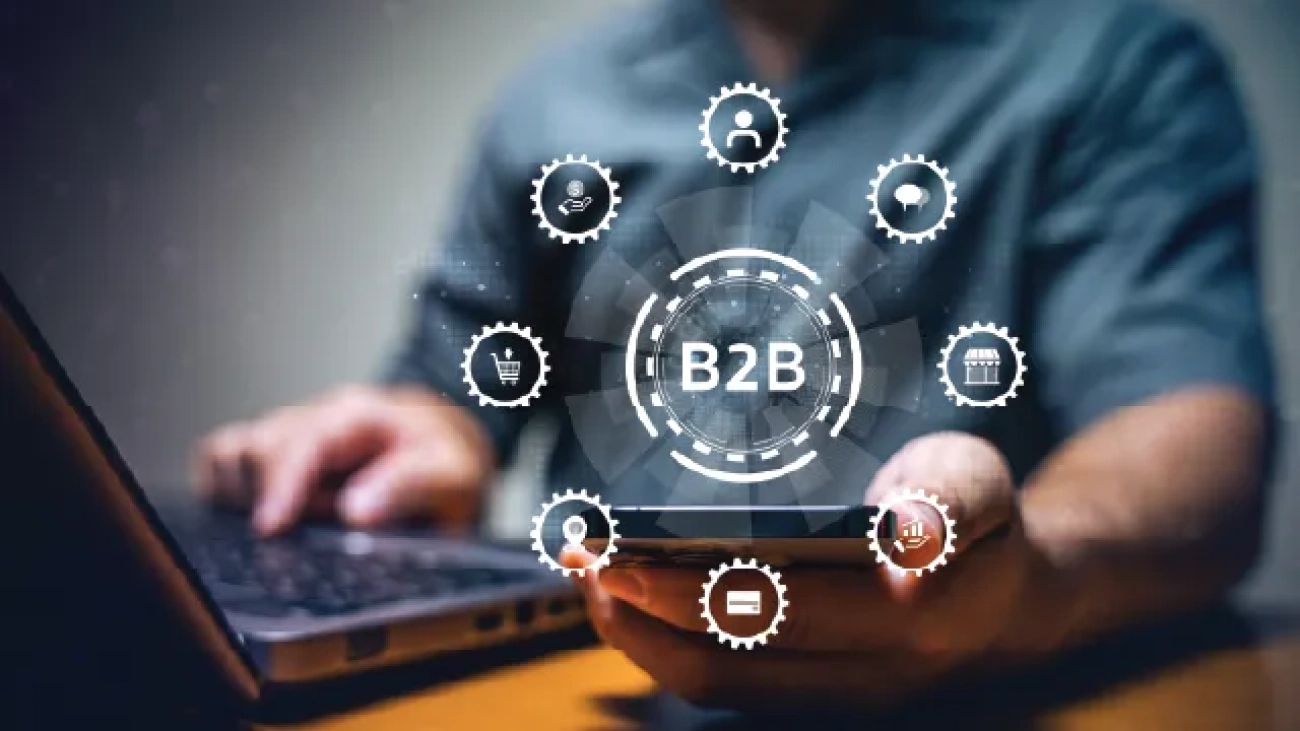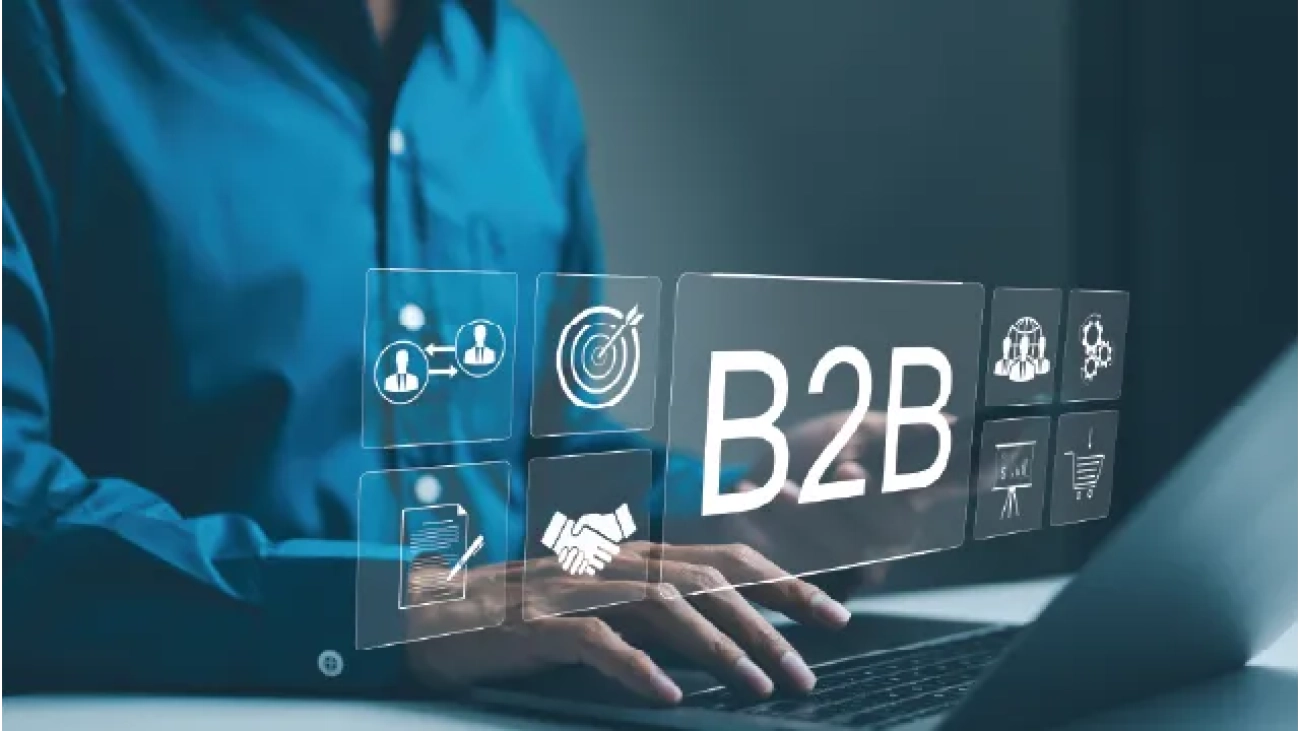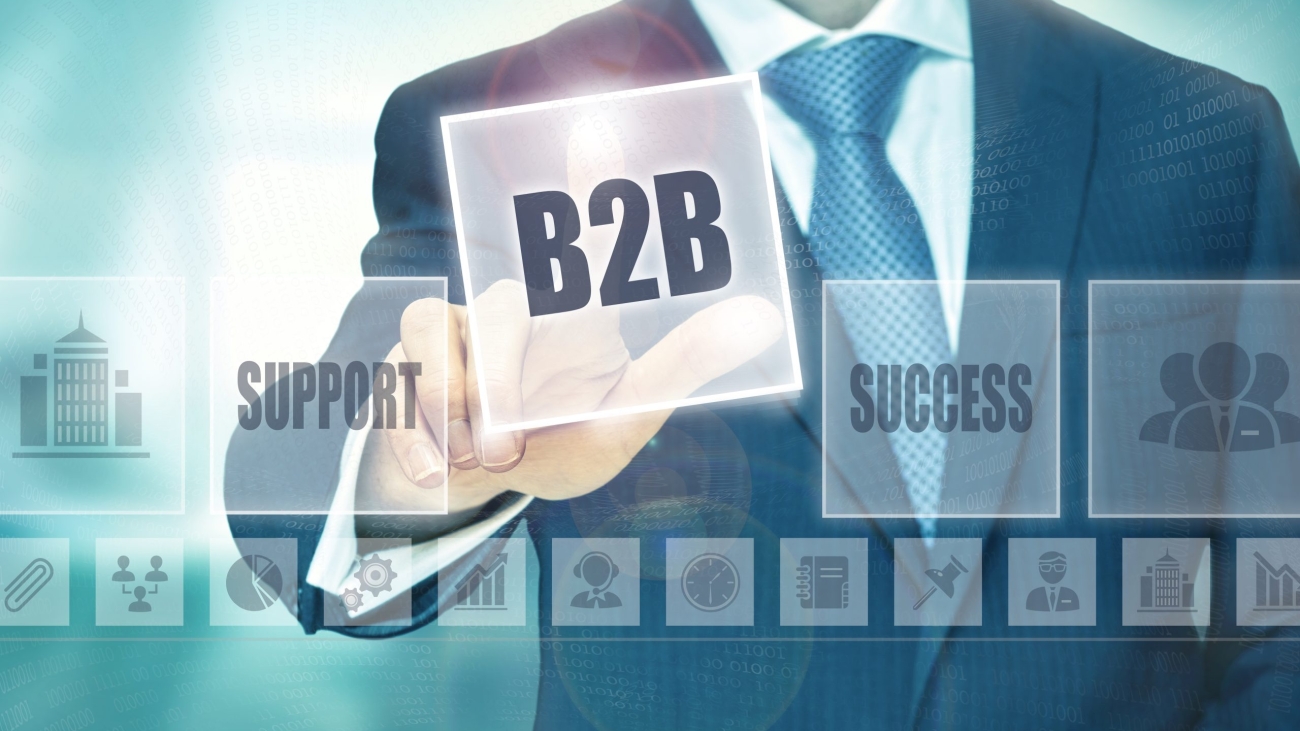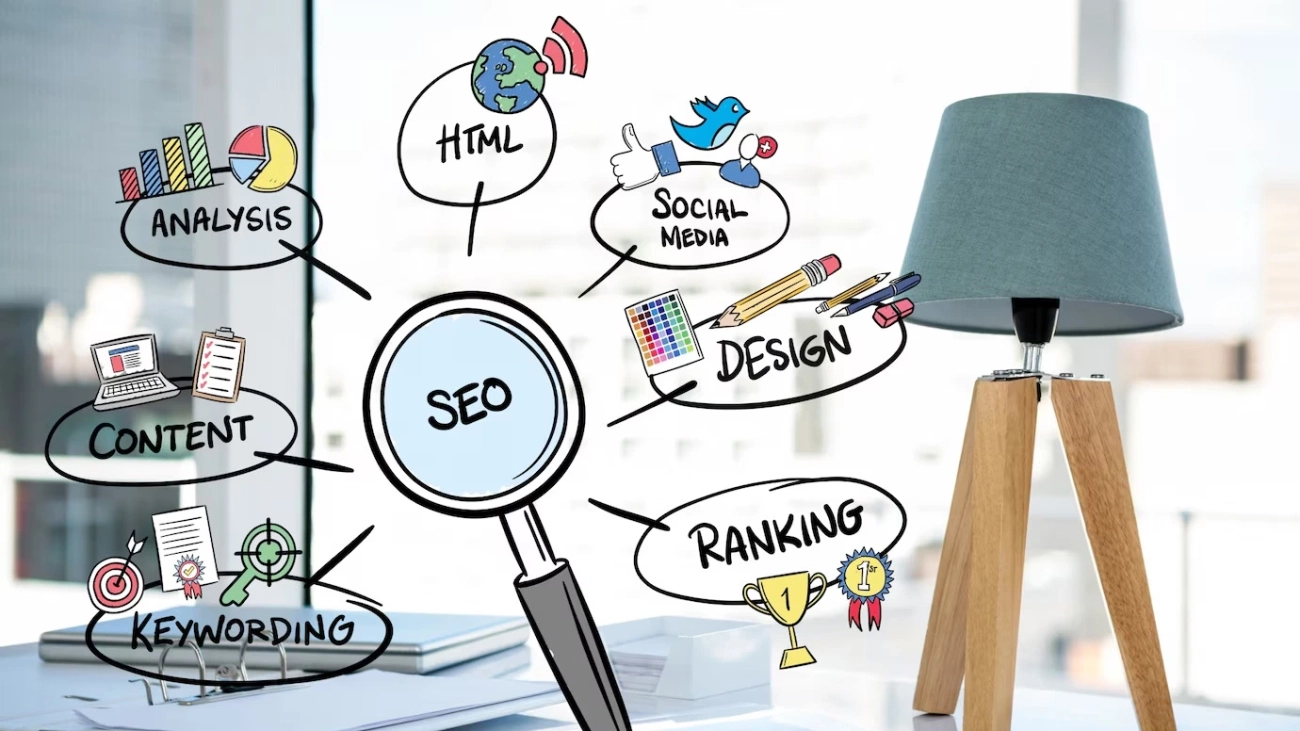If you’ve been following the shifts in the B2B landscape, you’ve likely noticed a bold return—brand building is back. I can’t stress enough how the traditional view of B2B marketing, where transactions and features used to dominate, is now making room for a renewed focus on brand identity, storytelling, and genuine connections. In this new era, companies are not just selling products or services; they’re crafting compelling narratives that resonate deeply with their customers. Today, I’m excited to share my insights on how you can harness this resurgence to elevate your business. You should voice your ideas boldly, adapt to the trends, and watch your brand transform in ways you never imagined.
The Paradigm Shift: From Transaction to Trust
Over the past few years, you might have witnessed a seismic shift. Businesses are now recognizing that the role of a brand is not confined to a logo or a tagline—it’s about trust, values, and a consistent narrative. In 2025, studies indicate that nearly 72% of B2B marketing leaders now believe that a robust brand strategy is the key driver behind improved customer engagement and loyalty. This change is rooted in the realization that today’s buyers are not just evaluating products; they’re assessing whether a company’s values align with their own .
I’ve seen firsthand how companies that pivot from a purely transactional approach to a brand-centric strategy experience not only better engagement—but also enhanced customer retention. The shift is clear: it’s no longer enough to have a great product; you must have a great story. And that story should reverberate through every touchpoint of your customer journey.
Storytelling: The Heartbeat of Modern B2B Branding
There’s an undeniable magic in a well-told story. In the crowded digital landscape of 2025, storytelling has emerged as a powerful differentiator for B2B brands. Think about it—when you share your narrative authentically, you connect on an emotional level with decision-makers. No longer are B2B interactions merely cold, calculated exchanges. Instead, they’re vibrant conversations that build trust over time.
You should voice your unique brand story at every opportunity. I’ve noticed that companies embedding heartfelt storytelling into their communications often report up to a 33% increase in customer referrals. This isn’t a fluke: real stories create real connections. And as buyers become more discerning, they’re looking for brands that don’t just offer solutions, but also share values, vision, and a commitment to making a positive impact.
Also Read: What to Consider When Looking for a B2B Influencer
The Data Speaks: 2025 Statistics That Validate the Trend
The numbers don’t lie—B2B brand building is proving its worth, and 2025 is the year it truly takes center stage. Consider these compelling statistics:
| Metric |
2025 Statistic |
| Increase in Brand Engagement |
42% rise over previous year |
| ROI Increase for Rebranded Companies |
Average of 28% growth in ROI |
| Uptick in Digital Outreach (LinkedIn & Social) |
42% increased usage by B2B companies |
| Preference for Brands with Strong Narratives |
65% of buyers prioritize storytelling |
| Increase in Customer Referral Rates |
33% more referrals reported |
These numbers convey a clear message: when you invest in your brand, you’re not just enhancing your image—you’re paving the way for significant gains in engagement and revenue. For instance, if you’re still relying solely on performance-based marketing tactics, you might be leaving substantial value on the table. The data showcases that integrated brand building strategies are a critical investment for sustainable growth in a competitive market.
Leveraging the Digital Ecosystem
The digital ecosystem has become the new marketplace for B2B brands. With the rapid growth of platforms like LinkedIn, Twitter, and industry-specific forums, the way companies interact with their target audiences has evolved dramatically. In 2025, digital platforms are not just channels for communication; they’re complex ecosystems where your brand’s narrative can thrive.
I encourage you to rethink and reinvent your digital presence. Utilize high-quality content, interactive webinars, and thought leadership articles to articulate your brand’s vision. Platforms like LinkedIn have become powerhouses for professional engagement—recent data suggests that engagement on LinkedIn among B2B companies has surged by 42% over the last year alone. This increase is driven by companies that have successfully merged authentic storytelling with strategic content marketing. When you’re present where your customers are active, you establish credibility and foster community, turning one-time buyers into long-term advocates.
Overcoming the Challenges of Rebuilding Your Brand
Renewing your brand is not without its challenges. For many companies, transitioning from a sales-driven model to a brand-focused strategy can feel overwhelming. You might be asking yourself: How do I ensure consistency across all channels? How do I measure the success of these new initiatives? These are valid concerns.
First, acknowledge that building a brand is an iterative process. It requires time, investment, and a willingness to experiment. Establish a clear voice and message that reflects your core values, and ensure that every piece of communication—whether it’s a blog post, a tweet, or a customer email—echoes that message. Consistency is key.
Next, integrate data analytics into your strategy. By monitoring engagement metrics, such as website traffic, social media interactions, and conversion rates, you’ll have a clearer picture of what’s working and what needs adjustment. Many companies now use customer journey mapping and advanced CRM tools to visualize the impact of their branding efforts. With these tools, you can fine-tune your initiatives in real time, ensuring that your brand remains both authentic and effective.
Case Studies: Brands That Nailed It
Let’s step into the real world for a moment. Imagine a mid-sized tech company that underwent a comprehensive rebranding process last year. By shifting its focus from technical jargon to relatable storytelling, the company reported an admirable 35% increase in inbound leads within just six months. Not only did they see better engagement on their digital platforms, but they also built a strong community of loyal customers who championed their products without relentless advertising spend.
Another example is a global manufacturing firm that decided to invest in digital transformation alongside its brand overhaul. They launched a series of customer-centric campaigns and interactive webinars that redefined their market presence. The result? A significant spike in customer advocacy and a measurable 28% growth in overall ROI—demonstrating that when you invest in your brand, the returns can be both qualitative and quantitative.
Measuring the ROI of Your Brand Building Efforts
One of the most frequently asked questions in today’s boardrooms is: “How do we know if our brand strategy is working?” The answer lies in robust metrics and analytics. You should voice your desire for clear, actionable data. In 2025, the focus isn’t just on vanity metrics like website visits or social media likes. Instead, companies are honing in on engagement quality, brand sentiment, and customer lifetime value.
Start by establishing key performance indicators (KPIs) tailored to your objectives. Look into data points such as:
- Engagement Rate: Track how your audience interacts with your content. Engagement isn’t just about quantity but also quality.
- Customer Retention: Monitor whether a stronger brand identity is driving repeat business.
- Net Promoter Score (NPS): See if your customers are more likely to recommend your brand.
- Conversion Rates: Evaluate how brand building efforts translate into actual business outcomes.
By aligning your KPIs with your long-term brand vision, you not only validate your efforts but also build a data-driven roadmap for sustained growth. These insights are invaluable as you refine your approach and inspire your team to strive for consistency and excellence.
A Look Into the Future: What’s Next for B2B Brands?
As we navigate through 2025, it’s exciting to predict the future avenues that B2B brand building will explore. Advances in artificial intelligence, immersive technologies, and hyper-personalized content are set to redefine how brands interact with their audiences. Imagine leveraging AI-driven insights to anticipate customer needs or using augmented reality to let clients interact with your products virtually.
You should voice your ambition to pioneer these innovations within your organization. By investing in the right technologies and being open to experimentation, you position your brand at the forefront of industry trends. The future belongs to those who dare to innovate and adapt, creating brand experiences that are not only memorable but also profoundly impactful.
Actionable Steps to Reinvent Your B2B Brand
If you’re ready to embrace this new era of brand building, here are a few practical steps to get you started:
- Revisit Your Brand Story: Take a deep dive into your company’s history, values, and mission. What unique perspective can you offer? Ensure your story is clear and relatable.
- Audit Your Digital Presence: Evaluate your current digital channels. Are they aligned with your brand identity? Update your website, social media profiles, and content strategy to reflect a consistent voice.
- Invest in Quality Content: Develop thought leadership content, interactive blogs, and engaging videos. Authenticity is crucial—speak from the heart and share genuine insights.
- Utilize Data Analytics: Implement tools that allow you to track the performance of your branding initiatives. Use these insights to refine strategies continually.
- Engage Your Audience: Build relationships with your customers. Hold virtual events, webinars, and Q&A sessions that bring your community together.
- Encourage Employee Advocacy: Your team is a powerful brand ambassador. Encourage them to share your company’s narrative through their own networks.
Conclusion: Your Brand, Your Legacy
B2B brand building is rewiring the way we think about success in 2025. It’s not about quick wins or one-off campaigns—it’s about cultivating a legacy of trust, innovation, and connection. I’ve seen companies transform their fortunes by daring to invest in their brands, and you can be next. You should voice your vision boldly, let your authentic story shine through, and harness the power of the latest digital innovations to turn every interaction into an opportunity for growth.
Remember, this journey is continuous. The market will evolve, customer expectations will shift, and technology will propel us into new territories. But with a clear brand narrative, unwavering commitment, and a data-driven approach, you’re setting the stage for lasting impact. Now is the time to realign your strategy, invest in your story, and build a brand that stands the test of time.
As you embark on this journey, consider the today’s statistics as more than mere numbers—they’re indicators of a broader trend. A 42% rise in digital engagement, a 28% growth in ROI for rebranded companies, and a 33% boost in customer referrals are not just metrics; they are the building blocks of a revolution in B2B marketing. The era of genuine connection is here. Embrace it, and watch how every deliberate effort takes you closer to establishing a legacy that outlasts the fleeting trends of the marketplace.
By integrating these insights into your strategic planning, you’re not just adapting to change—you’re driving it. The path ahead is filled with opportunities to redefine what it means to be a B2B brand in a rapidly changing world. So, take these lessons, personalize them to fit your own journey, and let your brand’s truth echo across every digital corridor.
Let’s continue to push boundaries, think differently, and build brands that endure. The era of superficial marketing is over—the age of deeply rooted, value-driven B2B branding is unmistakably upon us. Step into this future with open arms, harness the power of authentic storytelling, and transform your business in ways you never thought possible.
Follow us on LinkedIn

